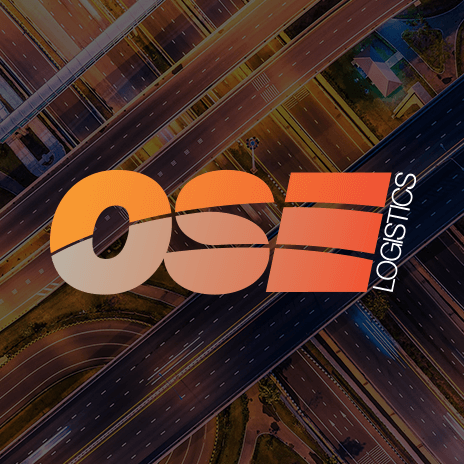
Road Haulage or Rail Freight?
All aspects of freight will at some point involve delivery by road. Whether it is an express transport solution in a van or a tail lift arctic carrying heavy high volume products, the delivery can always be expected to end with a driver knocking on a door with a hand held RFID terminal. Trains cannot deliver door-to-door.
Recently, Commercial Motor and Railways Illustrated magazines took part in a delivery race from Daventry to Glasgow. Surprisingly to some, it was the Mercedes Benz truck, the vehicle of choice for OSE European, which emerged victorious, even with the legally required service breaks, therefore highlighting that road transport can more than hold its own against perceived quicker methods of transport.
However, the current economic and environmental climate encourages supply chain operators to consider the financial and environmental implications of an operation. Rail freight, which already operates at large for many bulk cargo projects around the world, can, in many cases, cut emissions as well as costs in the supply chain. As shown in the ‘Road vs Rail’ race, however, the benefits of reduced emissions and costs can be outweighed by the additional complications involved with rail freight.
With this is mind, many people believe that the best solutions are bespoke, whereby each situation is analysed individually and a relevant solution is created accordingly, not simply a ‘one size fits all’ approach that is often seen. Bespoke transport solutions are something OSE European believes strongly in and applies in all operations. Geographical considerations are especially important to highlight during the planning process.
Many countries are now studying the way we build and operate freight delivery trucks, particularly in areas where rail infrastructure is poor, distances vast and the cost of improvements prohibitive. Studies are underway into Performance Based Standards Compliant Vehicles. These are road vehicles specifically designed to carry more tonnage whilst causing less damage to the environment. The tests involve upscaling vehicles beyond the standards usually allowed in any given country. A few rules and regulations would have to be changed to allow such vehicles. In the UK, for example, there was a lot of controversy when a road haulage company introduced a truck and trailer that exceeded the regulations. However, with a few rule changes, such vehicles would present no problems provided they are
confined to suitable road networks.
The proposed larger trucks do not provide a complete and greener alternative to rail freight but they would lower the number of trucks currently on the road. They could offer a cheaper, less complicated and more efficient solution than rail freight which involves the employment of an additional road based vehicle for collection and delivery.
It is therefore likely, with increased effort and research going into the design of more efficient and environmentally friendly road vehicles as well as the nature of a ‘door-to-door’ service that road haulage will remain the dominant choice for freight transport long into the future.
